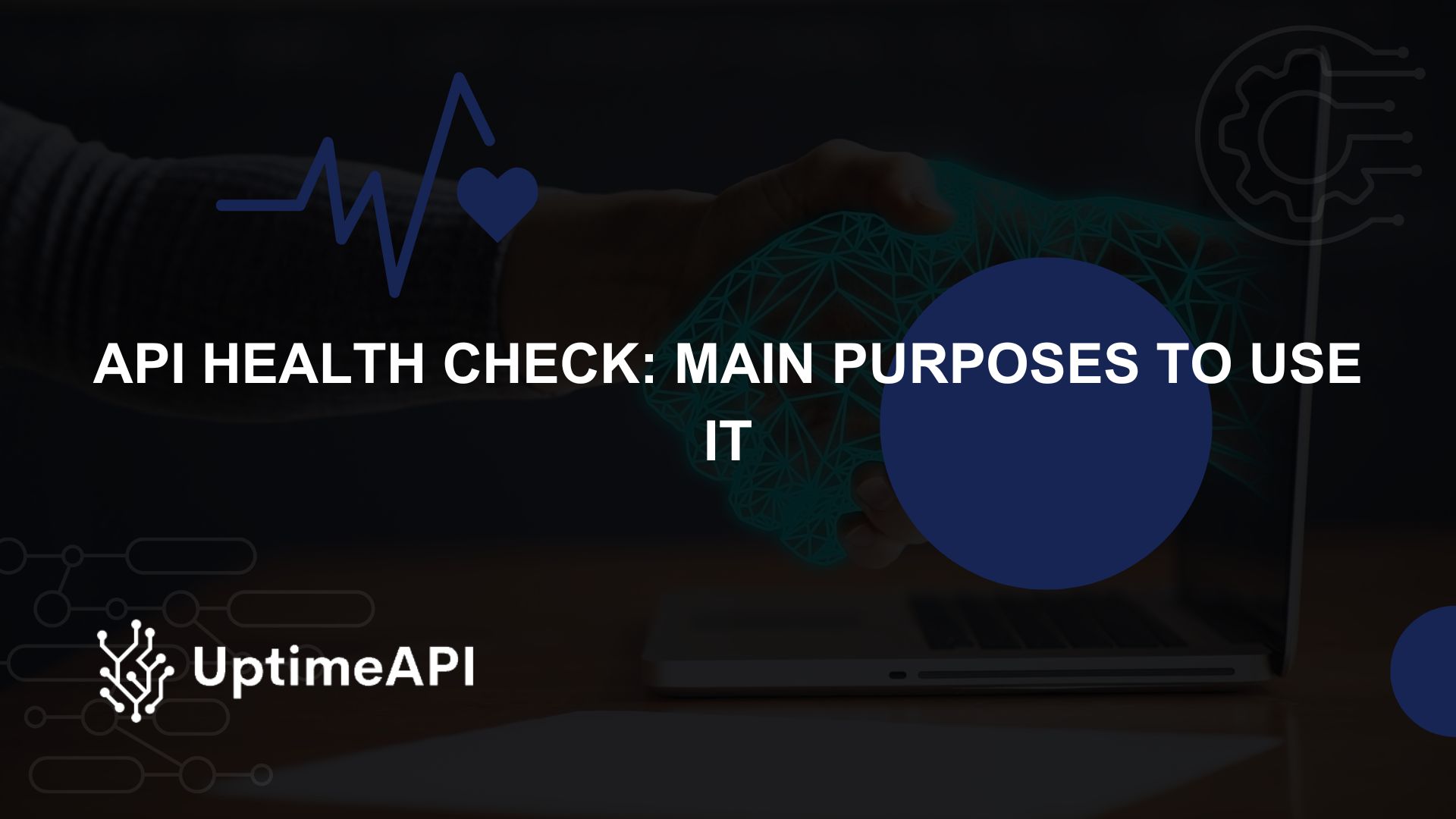API Health Check: Main Purposes To Use It

As software systems become increasingly complex and interconnected, the performance and availability of APIs are critical factors in delivering seamless user experiences. API health check plays a crucial role in ensuring that APIs function as intended, detecting potential issues before they impact end-users, and maintaining overall system reliability. By continuously monitoring key metrics such as API availability, response times, and error rates, organizations can identify and address issues promptly, thereby minimizing downtime and maximizing user satisfaction.
Overview of the Main Purposes and Benefits of API Health Check
In contemporary software development, an API health check has several uses and benefits developers, companies, and end users in equal measure. APIs are essential for improving resource allocation, speeding development workflows, and boosting overall system stability. They guarantee dependability and performance in addition to proactively identifying and mitigating problems. Prioritizing API health monitoring helps firms reduce risks, increase operational effectiveness, and provide consumers with better digital experiences.
Ensuring Reliability and Performance
Ensuring the dependability and efficiency of APIs requires constant observation of their availability, response times, and error rates. Organizations can find infrastructure problems, possible points of failure, and performance bottlenecks by regularly monitoring these indicators. Promptly resolving these issues contributes to the preservation of optimal API performance, reduction of downtime, and seamless user experience.
Proactively identifying and resolving any problems before they become serious enough to cause service disruptions requires the ability to detect abnormalities and departures from typical API behavior. With the help of APIs, businesses can keep an eye on API performance in real-time, which enables them to quickly identify and address unusual activity. Through early problem detection and resolution, companies can avert downtime and preserve system dependability.
Understanding traffic trends and API usage patterns can help with infrastructure management and resource allocation. Organizations can estimate demand, detect peak usage periods, and allocate resources optimally with the aid of an API health check. Organizations can improve overall system stability by guaranteeing they have the resources to support the performance and availability of their APIs by scaling infrastructure based on real-time insights.
Uptime API

The Uptime API allows you to monitor your APIs. It works by gradually confirming that your APIs are up and running and performing as intended. Monitoring is easy to set up. You need to know the URL of the target API endpoint to be inspected and be able to change the watch's timeouts and intervals before you can set up monitors. Because the API provides historical data and analytics, you may track changes in API performance and uptime over time. Make your logs accessible so you can look into any issues with the API.
The Uptime API has timeouts that regulate how long it will wait for a response and monitoring intervals that regulate how often it checks your API's operation. With the use of these characteristics, you may tailor the monitoring to your needs and preferences. Additionally, you have the option to select which contacts get alert alarms and dashboard alerts. You may then utilize this to inform your team. Choose from a variety of customizable options with varying monitor capacities to get the monitoring package that best suits your requirements.
US dollars are used to display all prices. We take all major debit and credit cards. The payment system that uses the newest security technology is powered by Stripe, one of the most respected companies in the payments sector. In addition, you will get thirty days to utilize the Uptime API without having to switch to a more costly membership.
